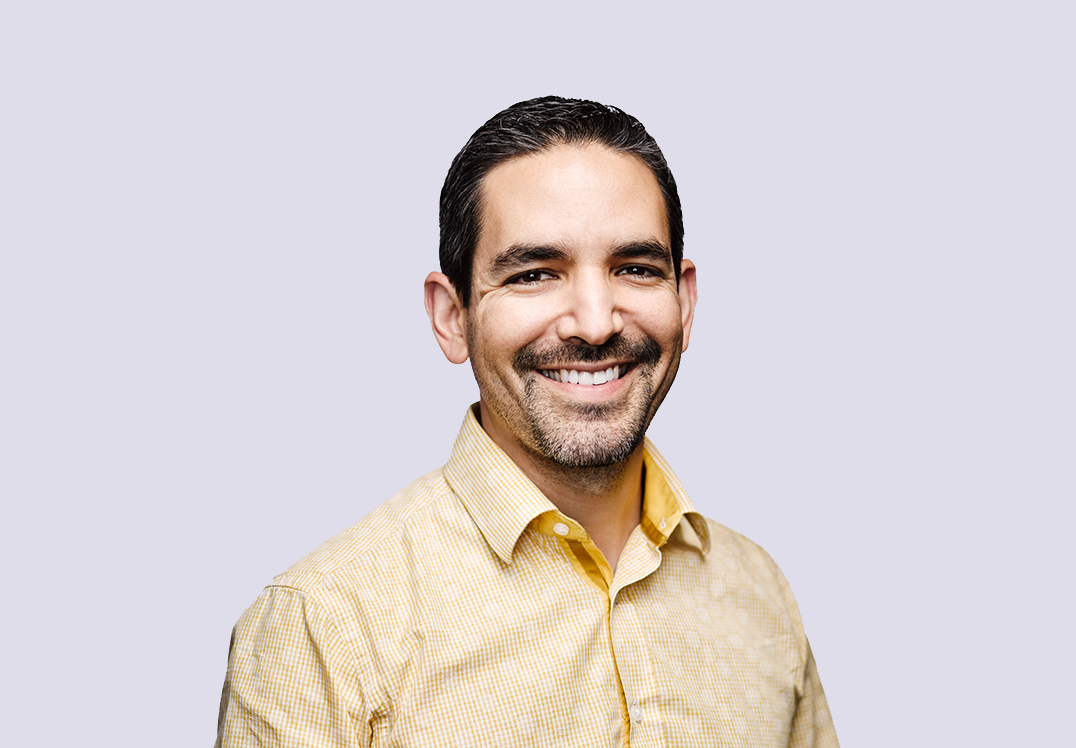Energy from the Earth, for the Earth
-
-
MIT Technology Review
- 1
Filed Under
Recommended

Geothermal power is a promising energy source limited by factors including the need to locate plants in areas where reservoirs of hot water deep below the earth’s surface are easily accessible. Carlos Araque ’01, SM ’02 is looking to change that through his company, Quaise, using a groundbreaking technology developed at MIT.
It’s like the magnetron in your microwave oven, but much more powerful and efficient.
“We need to go deeper and hotter to truly make geothermal a global source, so it’s no longer a matter of being close to a volcano or in Iceland or in the typical geothermal zones,” says Araque. But drilling so deep—two to 12 miles underground—is expensive and time-consuming. His company found a solution in research done by Paul Woskov at the MIT Plasma Science and Fusion Center. Instead of physical drill bits, which quickly wear out and need frequent replacement, Woskov proposed using high-intensity 30- to 300-gigahertz microwaves from a device called a gyrotron. “It’s like the magnetron in your microwave oven, but much more powerful and efficient,” Araque says.
The idea is to drill down one or two miles to the bedrock, past where oil and gas are generally found; then the gyrotron takes over. Superheated vaporized rock is pushed back to the surface with pressurized gas. Water then flows in and out of the wells, picking up heat on the way and becoming supercritical steam that drives turbines. One advantage of the technique is that it mostly uses the long-established infrastructure of the oil, gas, and thermal power industries.
Originally from Colombia, Araque studied mechanical engineering at MIT. He spent 15 years at Schlumberger, an oilfield technology and services provider, before joining The Engine, the venture capital firm the Institute founded in 2016. When Woskov pitched his idea in 2018, the renowned venture capitalist Vinod Khosla suggested that Araque form a company, offering funding “on the condition that I would lead it.”
With $23 million in grants and seed funding, Quaise is working with the Department of Energy on scaling up the technology to build a pilot plant in the western US by 2024. To Araque’s surprise, he’s found support within the usually conservative oil and gas industry. “These companies are starting to understand that they need to embrace the [green] energy transition,” he says.
As the world moves to cleaner energy, Araque is confident that geothermal will play a major role. “We talk about terawatts of potential—not megawatts, not gigawatts, but terawatts,” he says. “But to realize that, we need to embrace these very difficult technological undertakings. That’s precisely what we’re trying to do. We want to deliver on the full potential of geothermal.”
This article also appears in the January/February 2022 issue of MIT News magazine, published by MIT Technology Review.








Comments
David Boccuti
Fri, 02/11/2022 6:04am
Share
I was hoping to share this on LinkedIn, but when I click the share link it just turns black.